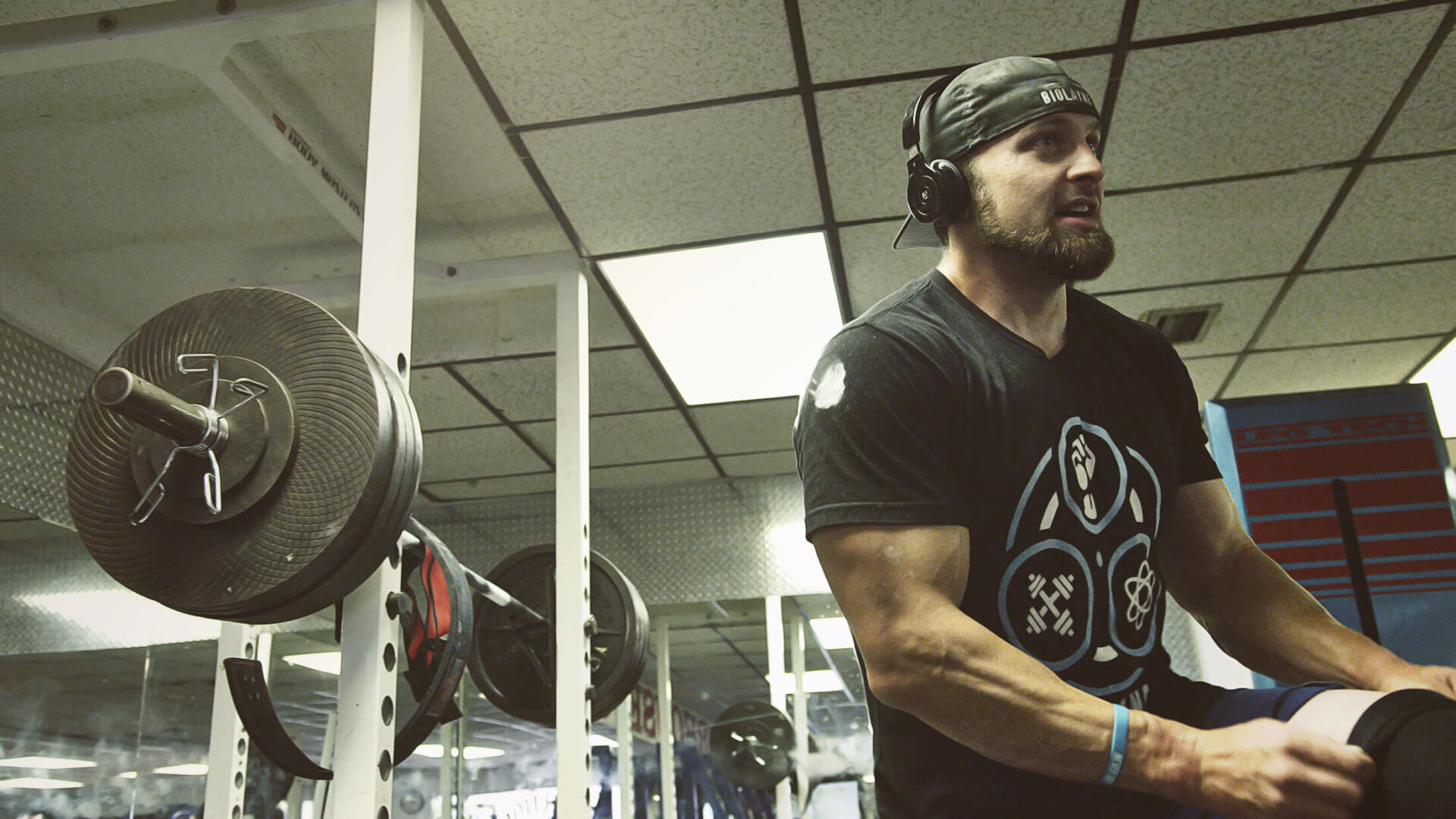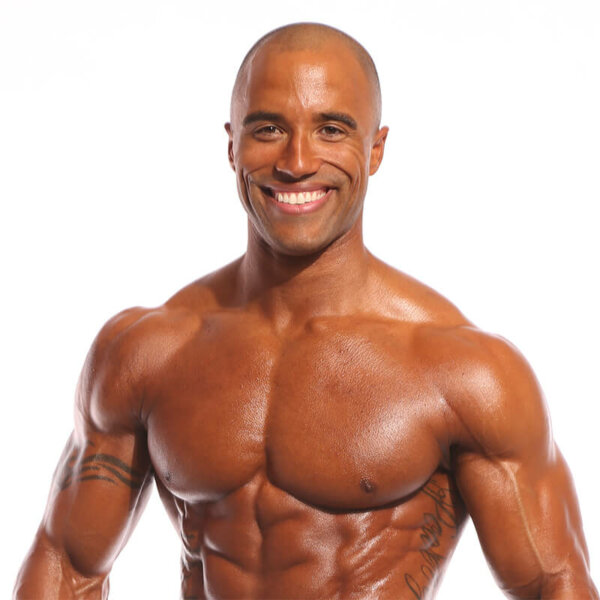With the seemingly infinite variables required for program design, identifying the optimal framework can be daunting. Complicating this process is the experimentation of conflicted strategies that result in misinterpreting the efficacy of each approach. Before starting any program, personalization is paramount and warrants significant context to clarify appropriate considerations of planning and iterating strategy to accommodate a client’s life. The vast majority of people whom initially approach us at ShyTown Fitness, have a preexisting perception of rigidity and inflexibility associated with any meaningful fitness pursuit, which is often accompanied by a questionable self-confidence in their ability to achieve it.
Unfortunately, many programming strategies are allegedly positioned as infallible models universally appropriate for anyone. As people implement fitness modalities they don’t find intrinsically rewarding in some capacity, they often end up increasingly frustrated, self-perpetuating the reasons that lead to this desired change in the first place.
Naturally a growing polarity begins to manifest between sects (i.e. powerlifting vs. bodybuilding), as vocal supporters or critics, whose passion and bias arose from their own experience, create a resistance to incorporate strategies that may resemble perceptively opposing methodologies. However, true sustainability requires a capacity to modify an approach around the contextual characteristics of one’s own life while considering the full range of available modalities.
In this field, rarely does one strategy exist in a binary world of either GOOD or BAD, but rather operates on a continuum of degree, depending on the characteristics of each person and situation.
Before we dive in, it’s imperative to understand there is no magic formula to transform your body; an infinitely complex organism designed to resist external stress, without the investment of time, effort and resolve. The aesthetic physiques you see populating your Instagram feed did not happen overnight. Rather, they reflect a lifestyle that supports such a uniquely demanding process, comprising an overwhelming undertone of consistency.
In this article, we will discuss a triple categorical model to help you construct an intelligently optimized program design. The most significant driver of success in any pursuit, physique or otherwise, is consistency in deliberate effort. The scientific nuances of an exercise protocol mean nothing if you can’t maintain the framework it implies. Considering these 3 foundational pillars of program design should dramatically enhance the productivity of your efforts in the gym.
1. Personal Context
At ShyTown, it ALWAYS starts with the client. We engage in extensive ‘Personal Discovery’ to expose unique circumstances (motivation, relationship dynamics, psychological, etc.) and lifestyle preferences that comprise the client’s chosen path.
- Psychological: disordered behavior (eating, exercise, etc.).
- Lifestyle Context: influential relationships (romantic or otherwise), work demands, etc.
- Aspirational Goals & Willingness to Change: intrinsic vs. extrinsic motivation, degree of awareness of required change (expectations and preparedness are in line with goals).
From this, we identify scientifically validated and/or theoretically rational methods to augment client progress while creating the least disruption in the life he/she desires. In the process of establishing client-specific strategic frameworks, there may be a number of techniques we leverage that would not be universally appropriate. As most seasoned coaches would agree, people don’t exist in a laboratory; our clients are occupying a forever changing and dynamic landscape, confronted with conflicting information and motivation seemingly designed to derail any form of progress. Although optimizing physiology is the natural focus for most coaches that love the science, it’s essential to consider psychological implications of the chosen path. For some clients that means counting macronutrients to provide the capacity for freedom in dietary choices. In other cases, this same methodology could intensify an already unhealthy relationship with food, or represent rigidity and technological dependence (tracking software), as every eating occasion turns into a tedious process of ‘counting macros’. Strategic efficacy is determined by contextual relevance not just scientific evidence. Since consistency and overall adherence are going to be the biggest drivers of fitness success, coaches would be wise to develop plans that ensure measurably meaningful progress in a manner that is most sustainable.
2. Program Strategy
Any intelligently designed plan requires a clear intent and objective. Would you embark on a cross country drive without having looked at a map first? Where are you going? What is the ‘best’ route to get there? What resources are required to make the journey? Take your time to clearly define the purpose of this pursuit; it will elucidate the optimal path, alarm you when deviating from it and ultimately redirect your efforts accordingly.
Personalization:
- WHAT specifically am I trying to achieve (visualize and articulate your mission)?
- WHY is this transformation important to me (how does it impact/improve your life)?
- Am I WILLING to make significant lifestyle ‘changes’ to realize this goal?
Monitoring Progress:
- What are the measurable outcomes to track progression (strength, volume, physique measurements, etc)?
- Is there some kind of performance feedback we’re tracking?
- Our experience suggests that any focus on performance measures (strength, speed, endurance, etc.) are often highly efficacious variables to encourage and monitor progressive workout programming.
- Is the program designed in a way that measurably propels me toward my goal?
- Does the first phase of this regiment provide a foundation to build progressively moving forward?
Taking a minute to answer these questions, regardless the paradigm being considered, will place you light years ahead of your peers impulsively cycling through the latest fitness trends touted in each subsequent Men’s Fitness issue.
The reality is, the question is not just what works, it’s how you make it work for YOU… and how you objectively KNOW when it’s working.
3. Program Design
As coaches, we consider a number of variables to manipulate training programs, but often choose to select one or two at most. The idea is to incorporate variety without sacrificing your ability to track and monitor progression. The purpose of isolating variables is to ensure our ability to identify optimal drivers of physiologic change. Some components worth considering:
Variables of Periodization: measurable variables you can prioritize and monitor
- Volume: Work Load (sets x reps x load), Training Frequency (i.e. sessions/per week)
- Intensity: perceived effort (RPE), load, pace (rest intervals), dropsets/supersets
- Density: amount of volume in given period of time, intra-workout or across a week
- Variety: exercise selection or other loading placement variations
- Tempo/Cadence: Time Under Tension (number of ways to impact TUT)
- Technical Variation: maximal isometric or eccentric contraction
As you progress in your training, all of these variables can be systematically periodized according to the specific goals of each training cycle.
For example, if our goal is to develop muscle size while maintaining low body fat percentage our focus would be on maximizing hypertrophy (muscle growth) and metabolic demands (calories expended). Both offer attributes consistent with our desired outcome. At first glance, some might not see the direct value of including purely ‘strength training’ within the context of body composition goals. However, improved strength positively impacts our capacity for mechanical tension and progressive overload. In other words, as we get stronger, we’re capable of lifting heavier weight for more repetitions resulting in increasing levels of volume (sets x reps x load), that may otherwise be unattainable. This is critical to sustain muscular development in a natural physiologic environment. Having said that, our weekly split would likely reflect this body composition goal – with an emphasis on high volume methods of training, so long as it’s consistent with the client’s mental framework, established goals and desired lifestyle.
As you can see, there is an infinite number of ways to construct a plan for one individual, try to maintain an open mind about how to inclusively leverage variables that seem most cohesively valuable to the individual on a case-by-case basis. Use science as a foundation to assess the validity of novel strategies, then through personal experience and empirical evidence, determine the applicability for each individual client and situation. Characterizing modalities as universally good or bad, will ensure your efficacy as a coach is categorically defined as the latter.
Let’s get 1% better, every day in every way.

